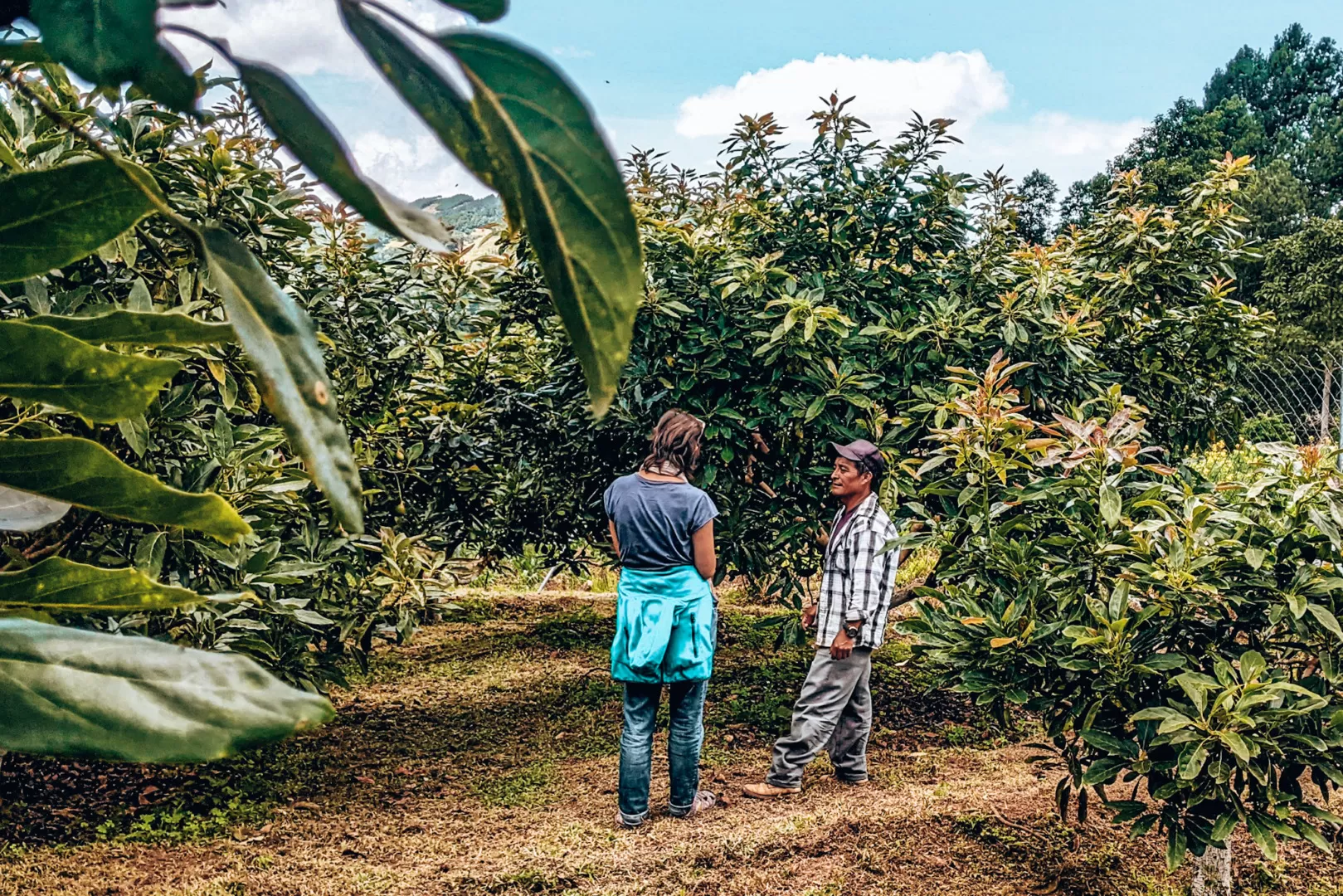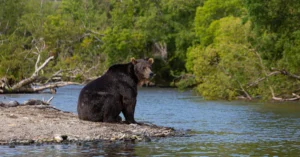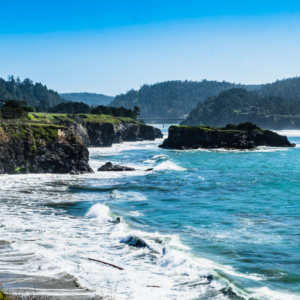Nestled in northern Guatemala, the lush Petén region offers more than just a glimpse into the ancient Mayan civilization; it is also a vibrant hub of biodiversity.
Here, local communities in Guatemala turns to ecotourism as a sustainable solution that marries environmental conservation with economic opportunities.
This innovative approach not only preserves the unique flora and fauna but also provides a viable alternative to migration by creating local jobs and promoting cultural heritage.
“Sustainable tourism is, by definition, ecotourism and much more. It’s one of the fundamental pillars of an approach toward tourism management, and it can be achieved through community-based tourism, which is tourism led by communities,”
explains Harris Whitbeck, director of the Guatemalan Institute of Tourism.
Petén’s Ecological And Cultural Significance
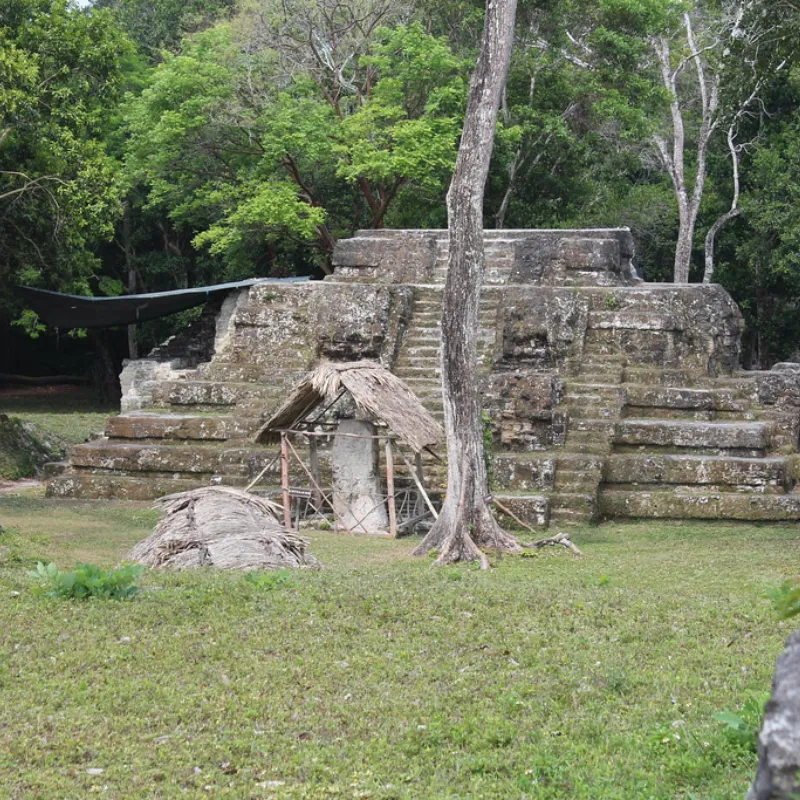
Petén is not just a district; it’s a vibrant canvas of nature and history. Covering over one-third of Guatemala, this region is home to untouched rainforests, endangered species, and ancient Mayan ruins that seem to rise mystically from the jungle floor.
The flora and fauna here are not merely inhabitants but are integral to the cultural identity of several Mayan ethnic groups that have lived here for thousands of years.
In Petén, the past and the present merge, offering a unique opportunity to experience the profound connection between nature and human history.
Community-Led Efforts In Ecotourism
Recognizing the potential of their natural and cultural resources, the communities of Petén have been proactive in harnessing ecotourism for sustainable development since 2009.
In remote villages like La Técnica and Uaxactun, locals have initiated environmental preservation projects focused on sustainable tourism.
These projects are multifaceted, aiming not only to protect the ecosystem but also to provide educational and employment opportunities for the residents.
For example, Vinicio Mejía, a resident of La Técnica and director of Sierra del Lacandón National Park, has led initiatives that emphasize the importance of community involvement in preserving their land while showcasing it to the world.
“We have started the Community Development program which involves several communities in environmental education, entrepreneurship for tourism, and sustainability projects,” Mejía states.
This initiative not only aids in ecosystem rehabilitation but also in creating sustainable livelihoods for the people of Petén.
Personal Impact Stories
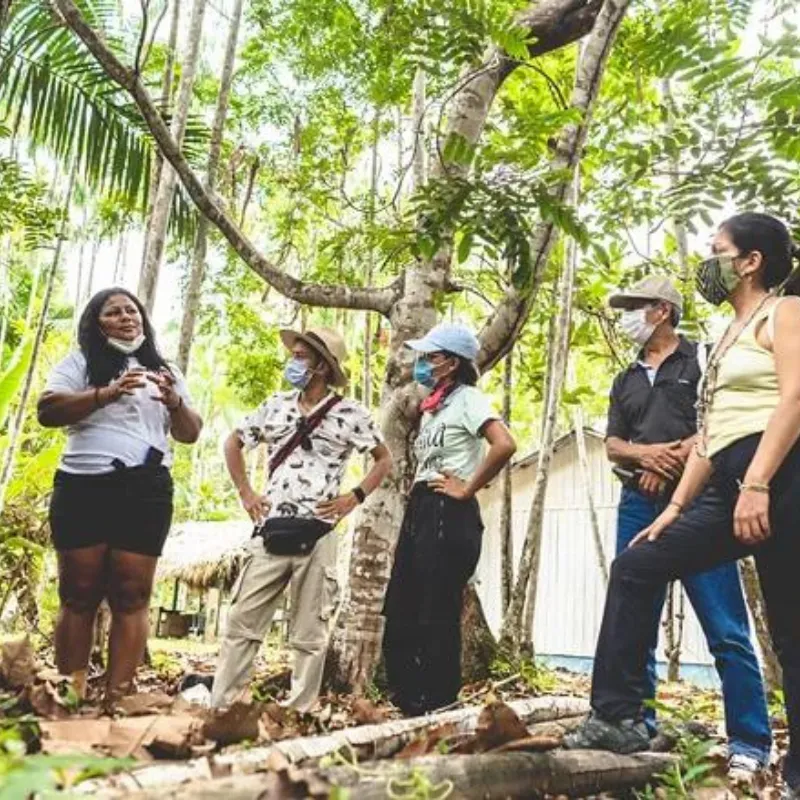
The success of Petén’s ecotourism is vividly illustrated through the personal stories of those involved. Francisca Acabal, a local from La Técnica who has transitioned from traditional agriculture to becoming a chef specializing in local cuisine for tourists, shares her experience.
“Being part of this ecotourism project has changed my life. I am proud to be an independent working woman, contributing to my community,” says Acabal.
She highlights that 80% of the employees in the new tourism projects are women, showcasing the initiative’s role in promoting gender equality.
Similarly, Mejía reflects on the broader community impact: “This project is not just about conservation; it’s about creating sustainable job opportunities that allow our people to thrive without leaving their homeland. We are ensuring that our children can enjoy and preserve this paradise just as we have.”
Challenges And Future Prospects
Despite the enthusiasm and success, the journey hasn’t been without challenges. The shift from traditional ways of living to a tourism-centered economy requires significant changes in mindset and lifestyle, which some community members find difficult.
Additionally, the remote location of these villages presents logistical challenges that can complicate the implementation of sustainable practices.
Looking ahead, the leaders in Petén are optimistic about the future of their ecotourism initiatives. They plan to expand these projects, increasing community involvement and continuing to enhance the infrastructure necessary for sustainable tourism.
“Our goal is to replicate this model in other regions of Guatemala and perhaps across Central America,” Mejía adds, hopeful about the potential to spread this successful formula.

